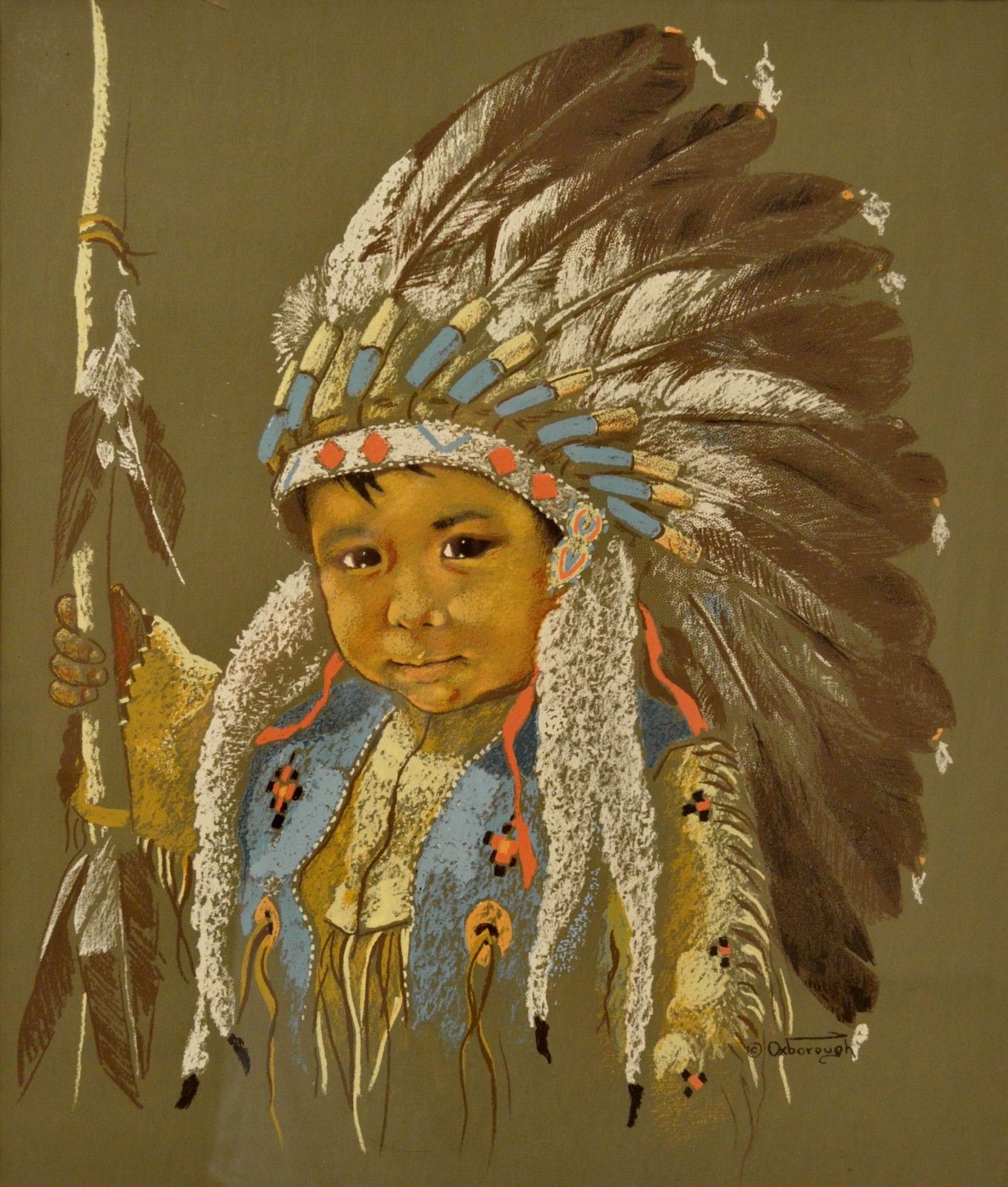
Her e-mail:
Native kids may wear powwow-style regalia in parades and at dances. I don't think they'd wear a stereotypical chief's headdress or warrior's headband with feathers. If they did, I'd say that's stereotypical too. A Native who permitted that would be going against the beliefs of other Natives.
Remember, people's thinking tends to gravitate toward these stereotypes, not away from them. Someone may dress a Wampanoag as a Plains Indian--e.g., for Thanksgiving--but they probably won't dress a Plains Indian as a Wampanoag. Most people don't recognize or care about Wampanoag apparel because it doesn't fit their stereotypical preconceptions.
You can grasp many sstereotype simply by understanding that the Plains warrior apparel was limited to a few dozen Midwestern tribes, males only, through the end of the 19th century. Today the chiefs of these tribes wear such headdresses only during important political or cultural ceremonies. Any use that doesn't fit these criteria is probably stereotypical.
Real life vs. memory
If the artist is painting the same image from memory, is it something he or she actually saw? I.e., is the artist remembering an actual Native in actual garb? Or is the artist "remembering" (imagining) a stereotypical image from the media? That's one potential difference.
Another is how the artist intends to use the painting. If it's documenting the lives of real Natives, that's one thing. If it's going into a romanticized collection of paintings for ignorant art buyers, that's another.
For more on romanticized Indians, see Love/Hate Relationship with Indians and Johnny Preston's Running Bear.

No comments:
Post a Comment